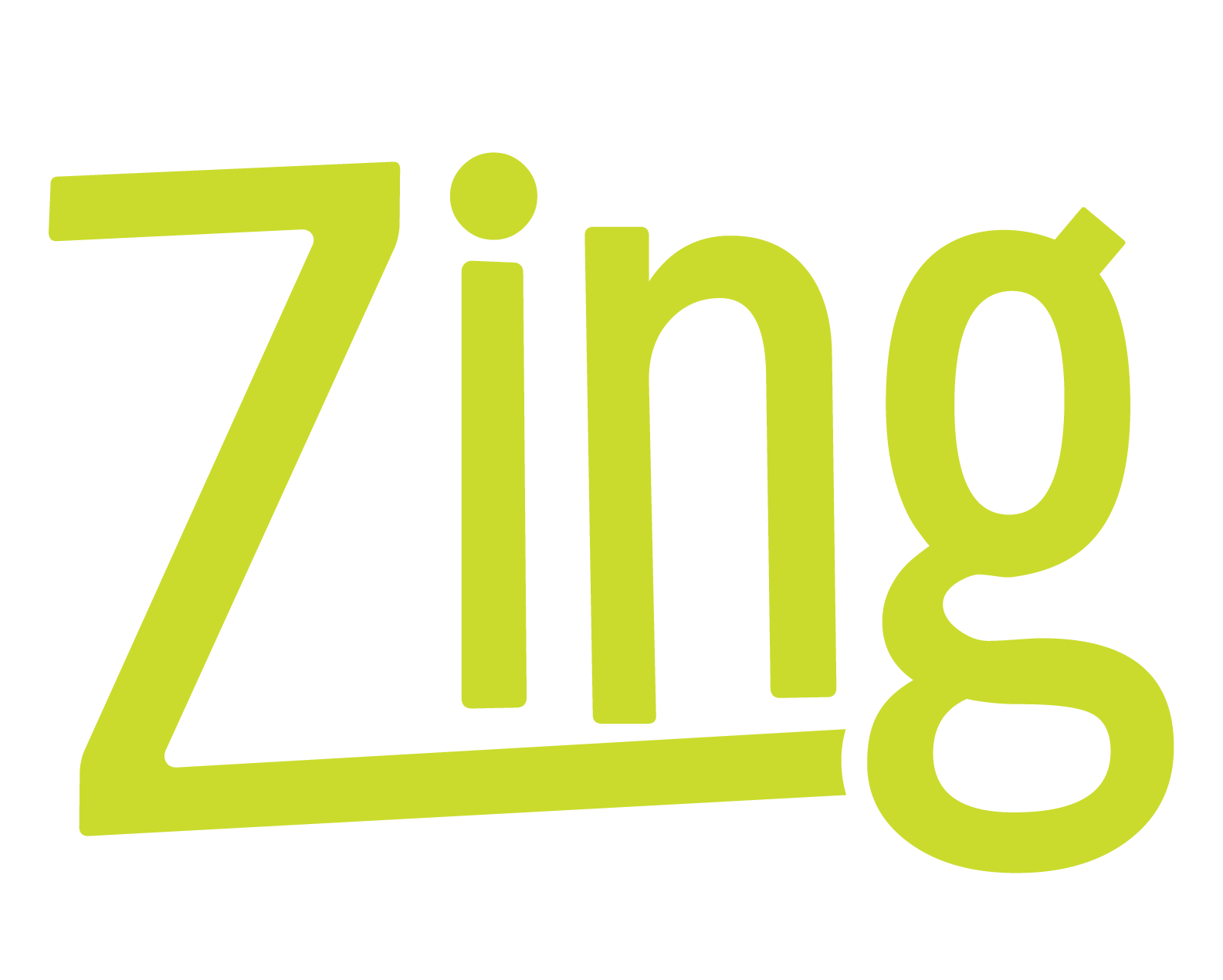 Altimate Medical Inc., manufacturer of EasyStand standing frames, is sponsoring an educational seminar at Medtrade 2001, held in New Orleans, Louisiana. The seminar is titled Weight Bearing Distribution In Supported Standing: Effectiveness of Commonly Used Devices.
Altimate Medical Inc., manufacturer of EasyStand standing frames, is sponsoring an educational seminar at Medtrade 2001, held in New Orleans, Louisiana. The seminar is titled Weight Bearing Distribution In Supported Standing: Effectiveness of Commonly Used Devices.
The speakers will be Jill Sparacio, OTR/L, ATP, ABDA, and Tina Roesler, MSPT. This session will review indications and precautions for supportive standing, identify and detail the benefits of standing, and use clinical findings to discuss effectiveness of specific standing devices. At this seminar, attendees will learn to compare and contrast between different styles of standers and learn unique applications of pressure mapping technologies in regards to assisted standing.
The seminar will be on Thursday, October 25th at 9:15 a.m. at the Ernest N. Morial Convention Center in New Orleans, Louisiana.
For more information about EasyStand products, please call 800-342-8968 or visit us at Booth #1828 at Medtrade.





 Altimate Medical (AMI) of Morton was recently re-certified for the MNSHARPS (Minnesota Safety and Health Achievement Recognition Program) award by the Minnesota Department of Labor and Safety. This award is granted to firms in Minnesota that achieve and maintain excellence in workplace safety and health. This is the 4th consecutive year AMI has been the recipient of this award. Two employees, Levi Knobloch and Steve Schmidt represented the company and received the award at the Governor’s Safety Award Luncheon held in St. Paul in May.
Altimate Medical (AMI) of Morton was recently re-certified for the MNSHARPS (Minnesota Safety and Health Achievement Recognition Program) award by the Minnesota Department of Labor and Safety. This award is granted to firms in Minnesota that achieve and maintain excellence in workplace safety and health. This is the 4th consecutive year AMI has been the recipient of this award. Two employees, Levi Knobloch and Steve Schmidt represented the company and received the award at the Governor’s Safety Award Luncheon held in St. Paul in May.